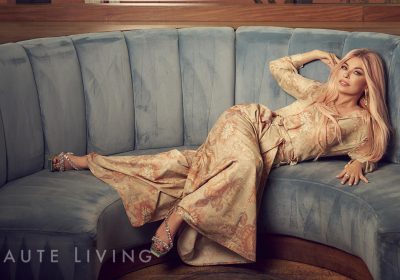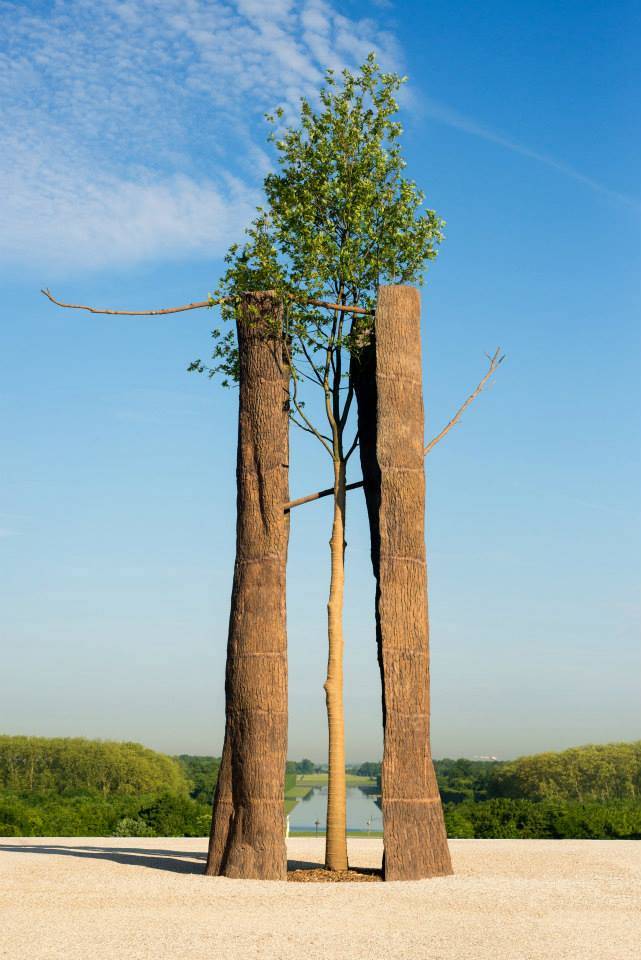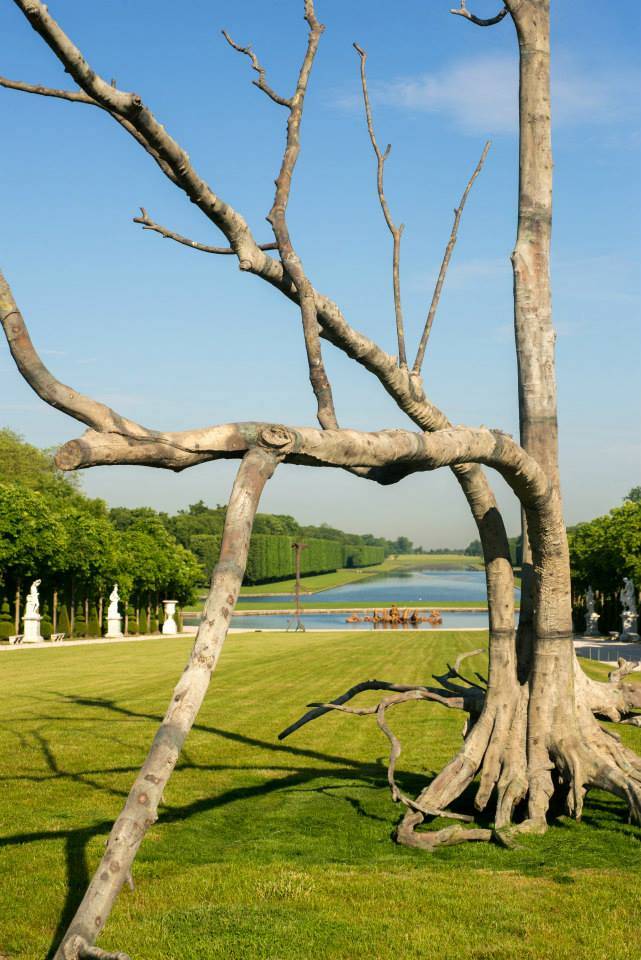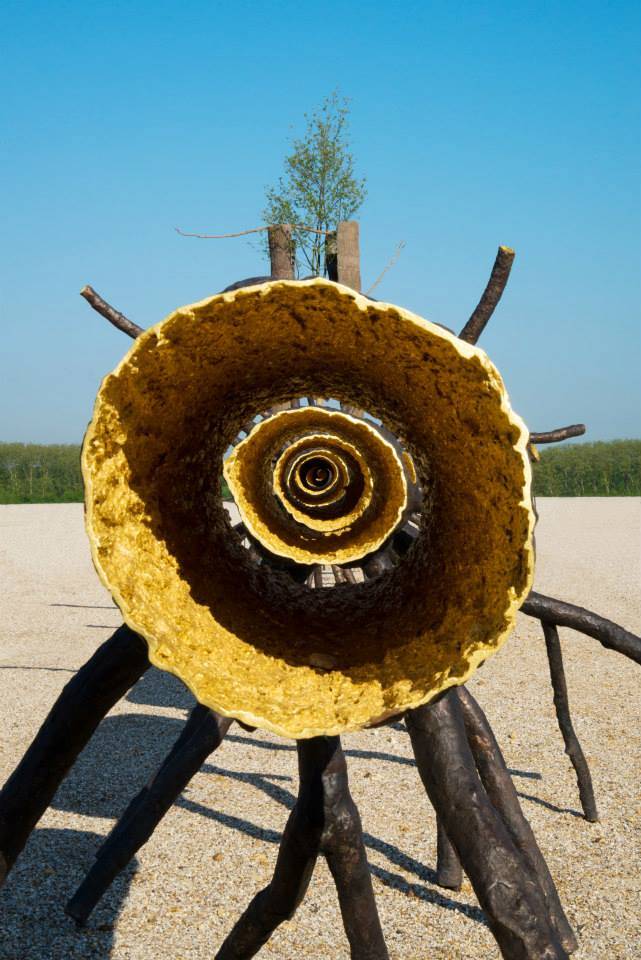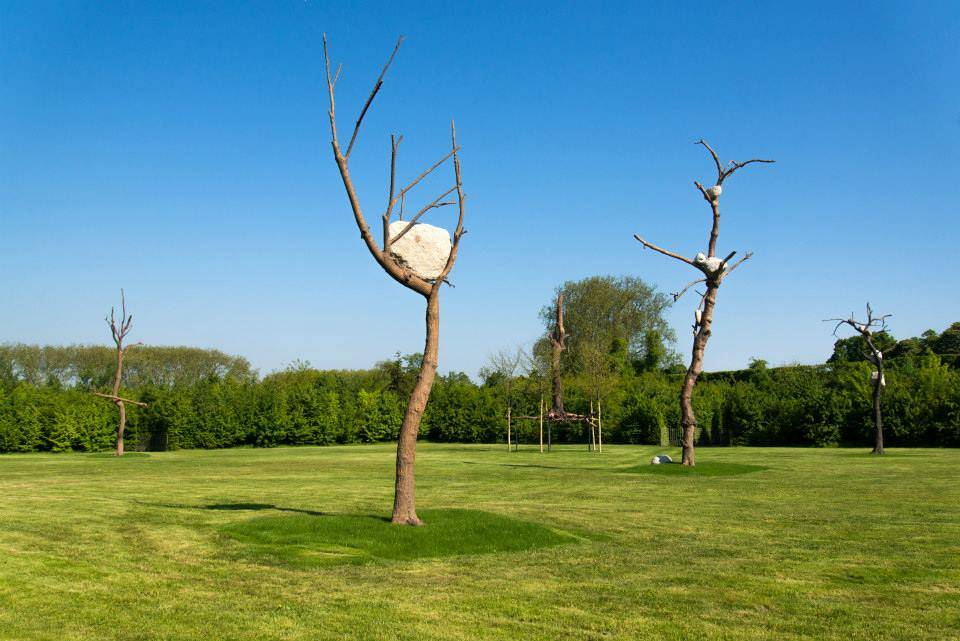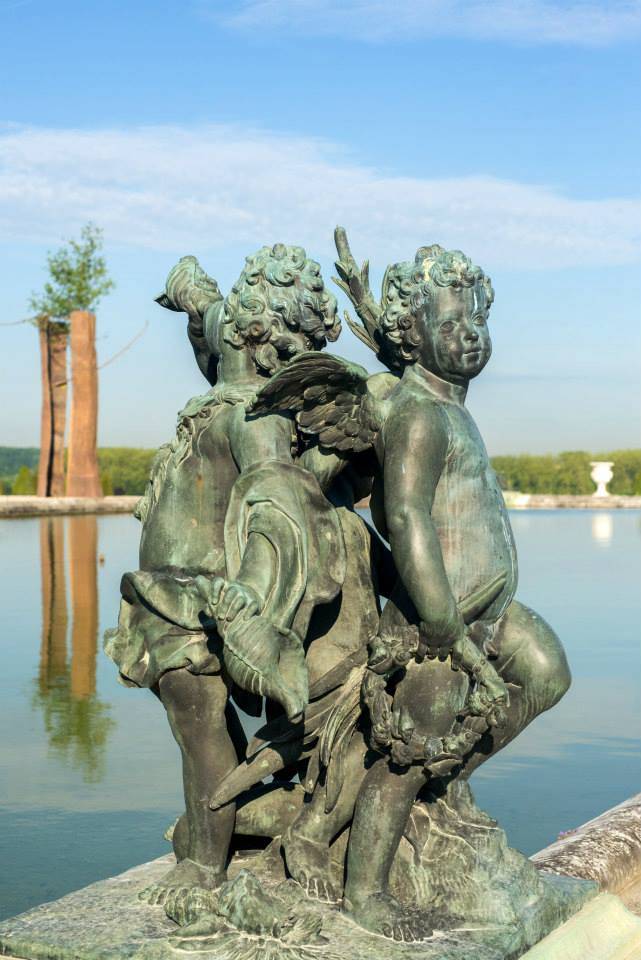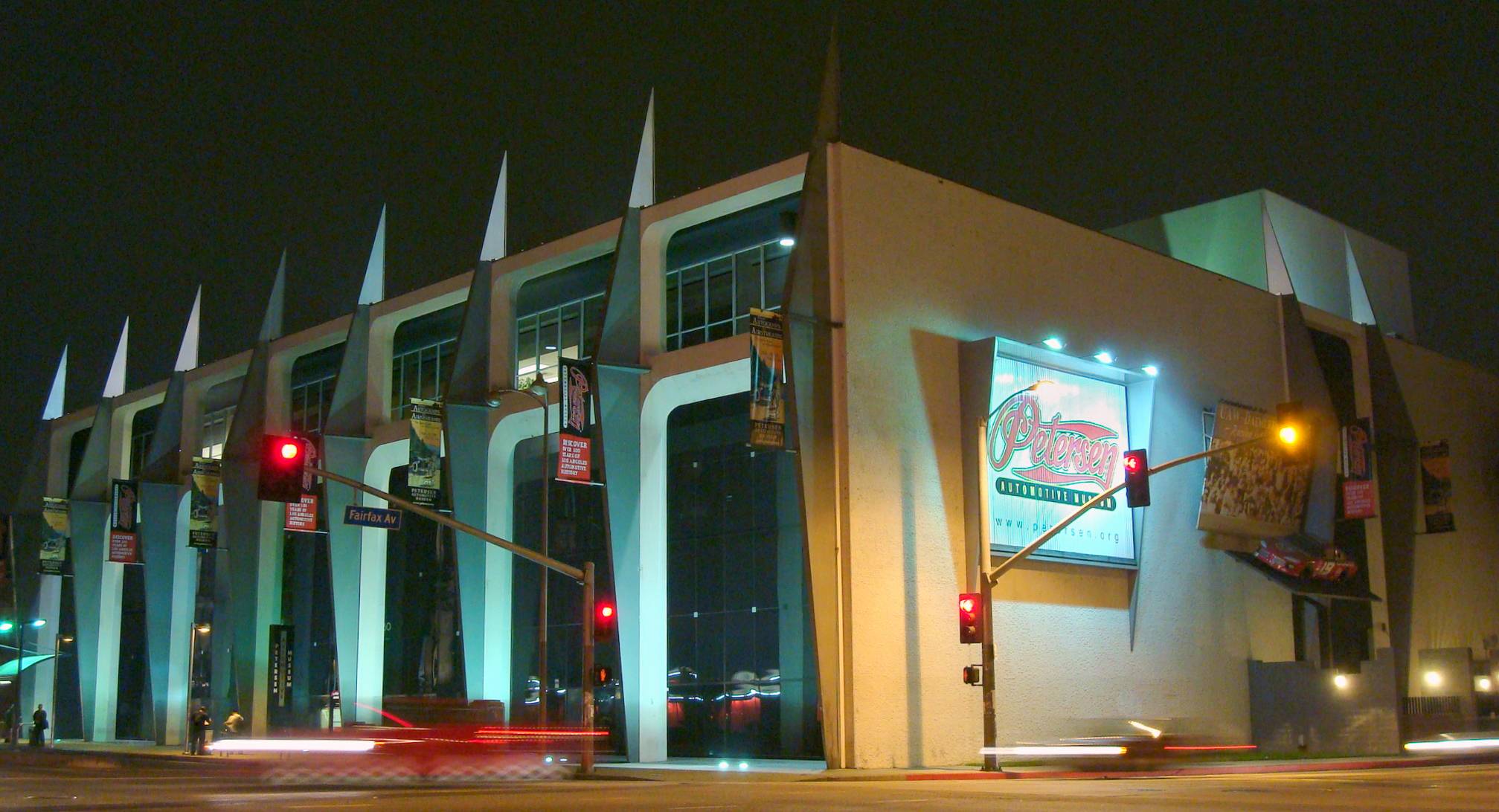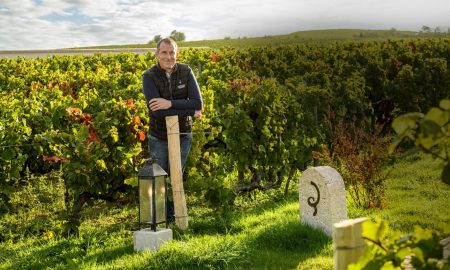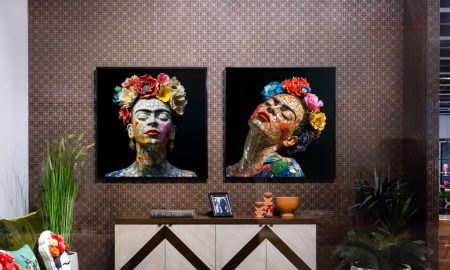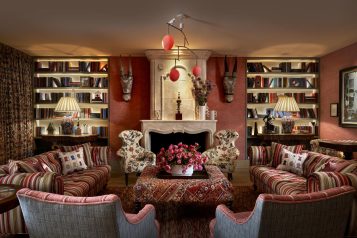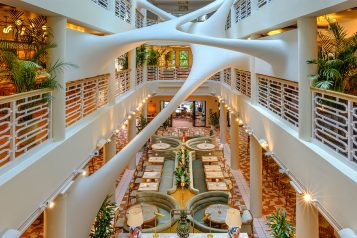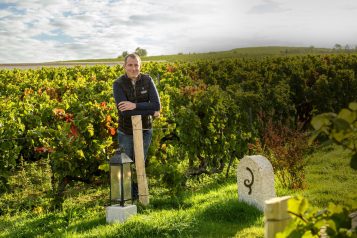Today we are looking at a new exhibition by Italian artist Giuseppe Penone at France’s iconic Château de Versailles. Following in the footsteps of artists like Jeff Koons and Takashi Murakami, the exhibition marks a today we are taking a close up look at Penone.
The artist began his career not at an easel or in the studio, but rather in the chestnut forest of Garessio near the Italian town where he was born. Penone creates sculptures by carving tree trunks, leaving the knots in place until they emerge as limbs, revealing the sapling within. As a result, Penone has been linked to the movement known as Arte Povera which defied the traditional conventions of what comprised an artist’s tools or works. Penone’s goal is to establish a connection between us and nature. Fittingly then, Penone’s works are not on display inside Versailles. Unlike the ironic self-portrait Koons put on display in the Chambre du Roi, Penone was been commissioned to create tree sculptures in Versailles’ famous gardens.
“The relationship of my work with Versailles began after the storm of 1999,” Penone explained. “I bought from the Palace of Versailles one of the cedars blown down during the storm. Its bark was used to make Tra scorza e scorza. The park is a symbolic place summing up western thought and the relationship between man and nature. Built to exalt the power of a man, it emphasizes the strength and power of nature which minimizes the action of man, forced to a sustainable handling work to preserve it. Complexity of the design suggests the multiplicity of looks, and its extansion and grandiosity contrasts with the size of men who travel into it. The man who travels alone in the garden disappears in favor of the spirit of the human community that has generated such an organization of nature. My work causes me a similar reflection: the objective mimicry works cancel my work as a sculptor and focuses attention on the deep understanding of plant growth and the perfect aesthetics found in nature.”
The art world has responded very positively to the exhibition, which allows us the experience of stepping into the universe created by Penone, where nature figures most importantly. Penone named Versailles’ huge lawn “the green carpet” and installed there sculptures composed of wood, rock and bronze. They are perfectly integrated into the landscape, lending Versailles an even greater grace and elegance, flexible and strong at the same time.
The Penone Versailles exhibition will run until October 31, 2013. For more information please visit Versailles’ website. Photo credit: © EPV/ Thomas Garnier and © Tadzio.


